Why is the VSA Light On In My Honda or Acura? (and How to Reset It)
Has your Honda or Acura started displaying an illuminated VSA light in your gauge cluster? You’re not alone.
While it may be tempting to simply ignore those three glowing amber letters or triangle and hope it goes away, there are important reasons why the VSA light turned on.
Keep reading to learn what causes the VSA light to turn on, whether you can continue driving, and the simple steps to reset it.
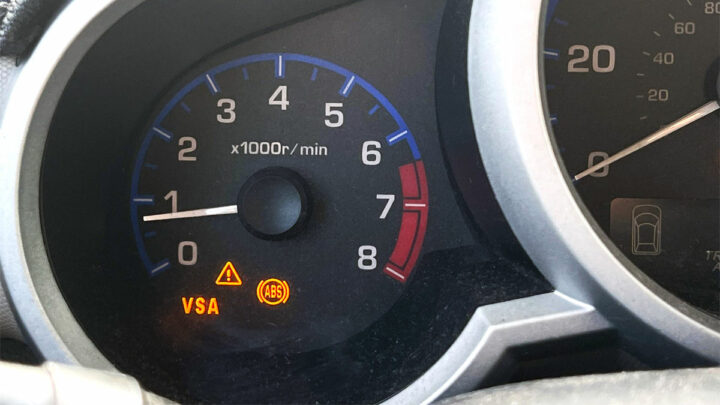
What is VSA in a Honda?
Throughout the years, various automotive manufacturers have coined their own unique names for stability control systems of their design. From this principle, VSA was born.
VSA stands for Vehicle Stability Assist, which serves as Honda’s stability control system of choice. This title also extends to various Acura models, as Acura serves as an extension of the Honda brand.
Other car manufacturers have similar systems under different names including AdvaceTrac, ESP BAS, or simply ESP (Electronic Stability Control).
Generally speaking, stability control systems of any type, when engaged, prevent a vehicle from entering a hazardous skid, in one of several different ways. Most commonly, selective wheel-end specific braking is implemented to prevent the initiation of a skid.
Additionally, many newer stability control systems now utilize corrective steering and throttle engagement to bring a vehicle out of a skid that has already begun.
Read Also: “Rear Cross Traffic Unavailable” Warning Light
VSA System Indicator vs VSA Activation Indicator
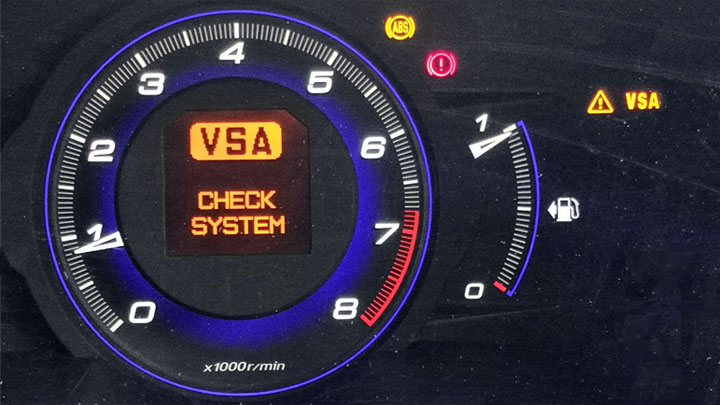
When speaking on the subject of VSA-related lights, it is important to discuss the differences between a Honda’s VSA System Indicator, and VSA Activation Indicator.
The former of these two lights comes on, and remains on, to signify an issue with the VSA System itself, while the latter simply blinks to indicate that the VSA System is actively engaged, to mitigate a skid.
Reasons the VSA System Indicator Light Comes On
There are several different possible reasons behind the illumination of a vehicle’s VSA light. Understanding the potential causes of such an issue can prove key when attempting to diagnose the root cause of such failures.
The following are several of the most common causes of a newly illuminated VSA light.
#1 – ABS-Related Issues
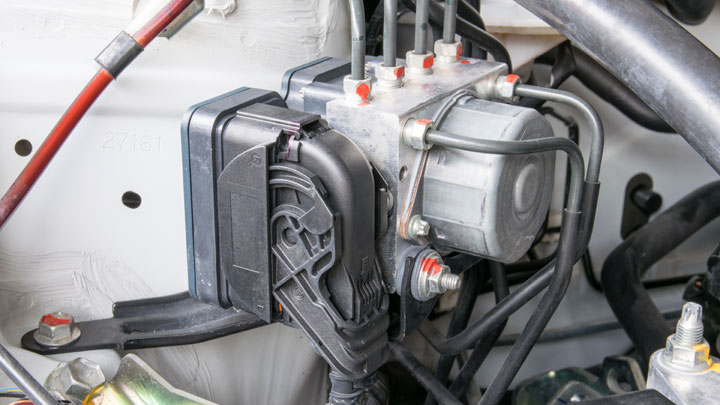
As previously mentioned, a vehicle’s ABS system plays an integral part in VSA operation. If one or more wheel speed sensors fail, or if an ABS module were to prove faulty, VSA system functionality will suffer.
This will almost certainly result in the disabling of all VSA functions.
#2 – Faulty Wheel Speed Sensors
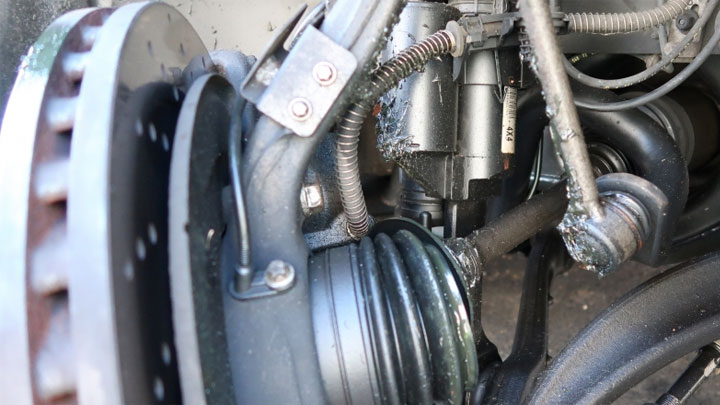
Automotive wheel speed sensors have served as standard equipment on most vehicles for decades, and their list of integrated uses is quite lengthy.
Aside from their generic uses within modern ABS systems, these sensors are also utilized to sustain stability control functionality as well. Therefore, the failure of one or more of these sensors can lead to the illumination of a vehicle’s VSA light.
#3 – Compromised Steering Angle Sensor
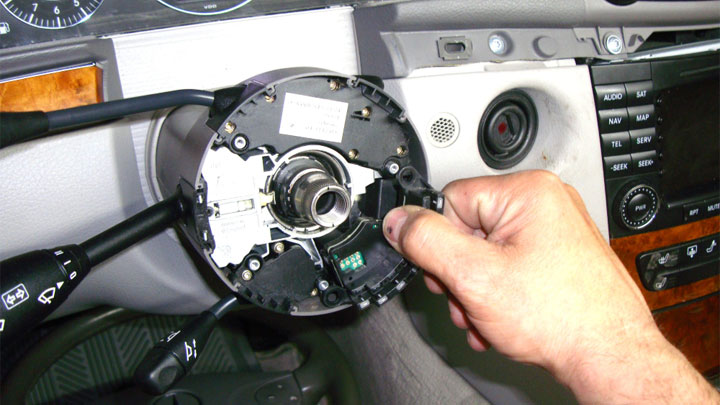
Many late model vehicles now utilize steering angle sensors, to rationalize the angularity of a skid, in comparison to brake related function. If these sensors have become compromised in any manner, a vehicle’s VSA is likely to illuminate, while the VSA function is simultaneously disabled.
#4 – Low Tire Pressure
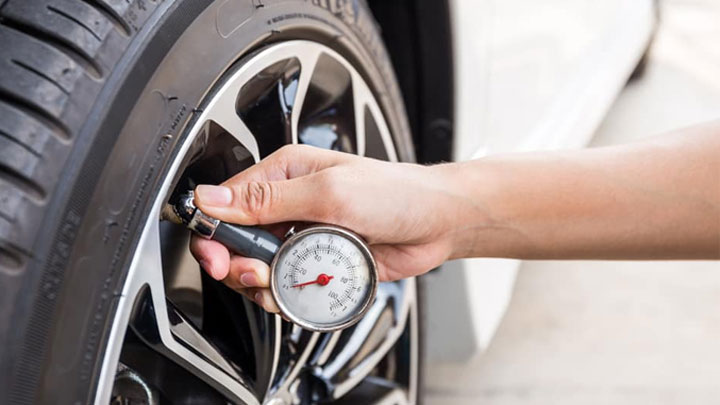
If your vehicle’s tires are not equally inflated, or inflated as specified by your vehicle’s manufacturer, the illumination of the vehicle’s VSA light might result.
This stems from the fact that tires of unequal tire pressures tend to spin at different speeds from one another, thereby producing erroneous wheel speed readings.
#5 – VSA System Disabled

In many cases, a VSA light might also be illuminated when the system itself has been manually disabled by a motorist.
While this does not signify an actual problem, it does indicate that the affected vehicle’s VSA system is inactive, thereby failing to provide the level of protection otherwise afforded.
Is It Safe to Continue Driving With the VSA Light On?
While it is possible to continue driving, in light of an illuminated VSA or “Check VSA System” Indicator, doing so for extended periods of time is not advised.
This is due to the fact that an indicator of this type when illuminated, signifies that the system in question has been disabled. Because of that, the affected vehicle is operating without one of its safety critical systems engaged.
This is similar, in a way, to a vehicle’s ABS light, which signifies that an ABS-related fault has been logged, and as a result, the ABS function has been suspended. In fact, in almost every application, ABS and stability control systems operate hand-in-hand, with the former operating as an integral part of the latter.
In any event, the root cause of a vehicle’s VSA light should be thoroughly diagnosed and repaired at the first available opportunity. Doing so ensures that all safety systems are restored to full operability as promptly as possible.
If you do not feel comfortable diagnosing such issues yourself, an appointment should be scheduled with a trusted automotive service center as soon as possible.
What If the Check Engine Light is ALSO On?
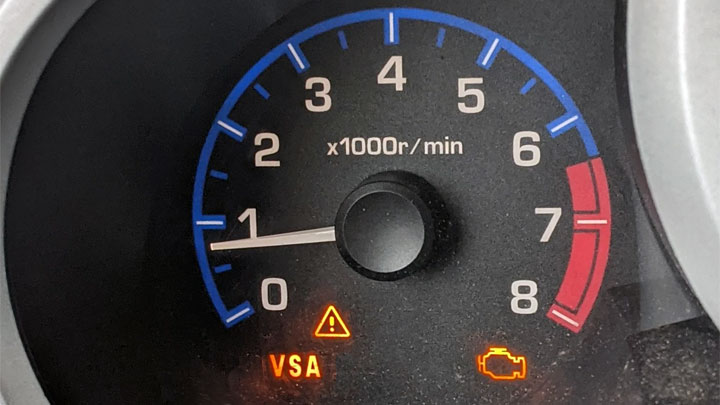
In most cases, the sudden illumination of a vehicle’s VSA and check engine light indicates that an active VSA fault has been logged. In this case, the secondary check engine light has been used as a generic means to indicate that an active fault exists. By proxy, all VSA system functions are disabled until the underlying source of the fault itself has been repaired.
How to Reset the VSA Light
Throughout the years, Honda has employed a number of specific procedures to reset VSA lights on their vehicles. Therefore, it is always important to consult your vehicle’s owner’s manual before attempting to perform a reset of this type.
Nonetheless, the following steps can be followed to perform a generic VSA reset on numerous Honda vehicles, such as the Odyssey and Accord.
- Start Vehicle – With the vehicle in question’s brake pedal in the released position, turn the ignition to the “on” position.
- Observe Light – Next, carefully observe the vehicle’s ABS/VSA light, which should illuminate for approximately 2 seconds. This step is critical.
- Press VSA Light – After the vehicle’s ABS light goes out, one should quickly press the dash-mounted VSA Off switch. Assuming that this has been done in quick enough succession, the VSA light in question should be reset.
Disabling VSA: Is It Ever Necessary?
Generally speaking, there is little reason to disable your Honda’s VSA function. After all, this is a safety-sensitive feature that is employed to ensure that a motorist’s well-being is always held paramount.
That being said, there is one key instance when disabling this system can prove necessary. Whenever you are marred in a rut, or otherwise stuck in less than favorable conditions, it might be necessary to disable this system, in a bid to maximize power to each respective wheel-end location.
- 5 Symptoms of an EVAP Leak (and Repair Cost) - Apr 27, 2024
- P0480 Code (Symptoms, Causes, and How to Fix) - Apr 19, 2024
- Car Temperature Gauge Stopped Working? (Here’s Why) - Apr 15, 2024
